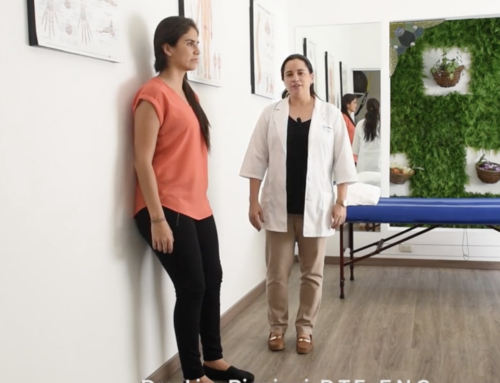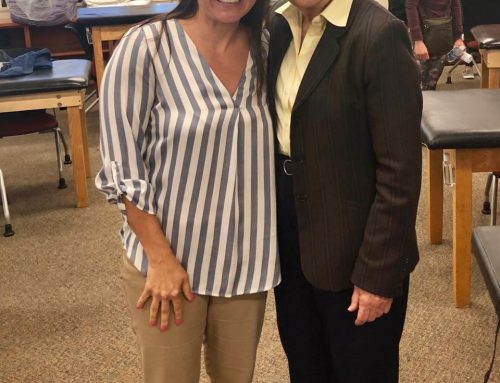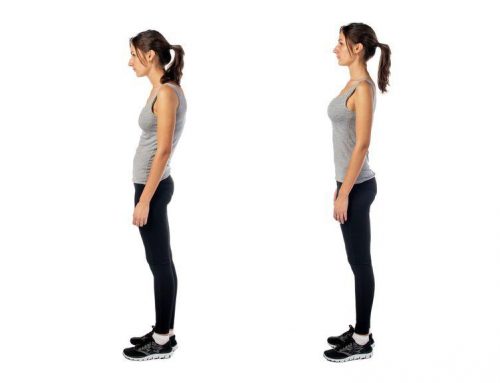Gait Coordination After Stroke: Benefits of Acoustically Paced Treadmill Walking
PHYS THER Vol. 87, No. 8, August 2007, pp. 1009-1022 DOI: 10.2522/ptj.20050394
Gait Coordination After Stroke: Benefits of Acoustically Paced Treadmill Walking
Melvyn Roerdink, Claudine JC Lamoth, Gert Kwakkel, Piet CW van Wieringen and Peter J Beek
M Roerdink, MSc, is a doctoral student at Research Institute MOVE, Faculty of Human Movement Sciences, VU University, van der Boechorststraat 9, 1081 BT, Amsterdam, the Netherlands CJC Lamoth, PhD, is a post-doctoral researcher at Research Institute MOVE, Faculty of Human Movement Sciences, VU University G Kwakkel, PhD, is Senior Researcher, Department of Rehabilitation Medicine, VU University Medical Center, Amsterdam, the Netherlands, and Rehabilitation Center “De Hoogstraat,” Rudolf Magnus Institute of Neuroscience, UMC Utrecht, the Netherlands PCW van Wieringen, PhD, is now retired from the position of associate professor in behavioral medicine at Research Institute MOVE, Faculty of Human Movement Sciences, VU University PJ Beek, PhD, is professor of “coordination dynamics” at Research Institute MOVE, Faculty of Human Movement Sciences, VU University Address all correspondence to Mr Roerdink at: m.roerdink@fbw.vu.nl
Background and Purpose: Gait coordination often is compromised after stroke. The purpose of this study was to evaluate the efficacy of acoustically paced treadmill walking as a method for improving gait coordination in people after stroke. Participants: Ten people after stroke volunteered for the study and comprised the experimental group. Nine elderly people who were healthy served as a control group. Methods: Gait cycle parameters, interlimb coordination, and auditory-motor coordination were examined while participants walked on a treadmill with and without acoustic pacing. Results: Stride frequency was adjusted to different acoustic pacing frequencies in all participants. In people after stroke, gait symmetry improved with acoustic pacing. They predominantly coordinated movements of the nonparetic limb to ipsilateral tones. Discussion and Conclusion: The results suggest that acoustically paced treadmill walking provides an effective means for immediately modifying stride frequency and improving gait coordination in people after stroke and, therefore, may be usefully applied in physical therapist practice. Future research directions for developing guidelines for using acoustically paced treadmill walking in physical therapist practice are discussed. To obtain link to full text: http://www.ptjournal.org/cgi/content/full/87/8/1009
PHYS THER Vol. 87, No. 8, August 2007, pp. 1009-1022 DOI: 10.2522/ptj.20050394
Gait Coordination After Stroke: Benefits of Acoustically Paced Treadmill Walking
Melvyn Roerdink, Claudine JC Lamoth, Gert Kwakkel, Piet CW van Wieringen and Peter J Beek
M Roerdink, MSc, is a doctoral student at Research Institute MOVE, Faculty of Human Movement Sciences, VU University, van der Boechorststraat 9, 1081 BT, Amsterdam, the Netherlands CJC Lamoth, PhD, is a post-doctoral researcher at Research Institute MOVE, Faculty of Human Movement Sciences, VU University G Kwakkel, PhD, is Senior Researcher, Department of Rehabilitation Medicine, VU University Medical Center, Amsterdam, the Netherlands, and Rehabilitation Center “De Hoogstraat,” Rudolf Magnus Institute of Neuroscience, UMC Utrecht, the Netherlands PCW van Wieringen, PhD, is now retired from the position of associate professor in behavioral medicine at Research Institute MOVE, Faculty of Human Movement Sciences, VU University PJ Beek, PhD, is professor of “coordination dynamics” at Research Institute MOVE, Faculty of Human Movement Sciences, VU University Address all correspondence to Mr Roerdink at: m.roerdink@fbw.vu.nl
Background and Purpose: Gait coordination often is compromised after stroke. The purpose of this study was to evaluate the efficacy of acoustically paced treadmill walking as a method for improving gait coordination in people after stroke. Participants: Ten people after stroke volunteered for the study and comprised the experimental group. Nine elderly people who were healthy served as a control group. Methods: Gait cycle parameters, interlimb coordination, and auditory-motor coordination were examined while participants walked on a treadmill with and without acoustic pacing. Results: Stride frequency was adjusted to different acoustic pacing frequencies in all participants. In people after stroke, gait symmetry improved with acoustic pacing. They predominantly coordinated movements of the nonparetic limb to ipsilateral tones. Discussion and Conclusion: The results suggest that acoustically paced treadmill walking provides an effective means for immediately modifying stride frequency and improving gait coordination in people after stroke and, therefore, may be usefully applied in physical therapist practice. Future research directions for developing guidelines for using acoustically paced treadmill walking in physical therapist practice are discussed. To obtain link to full text: http://www.ptjournal.org/cgi/content/full/87/8/1009





